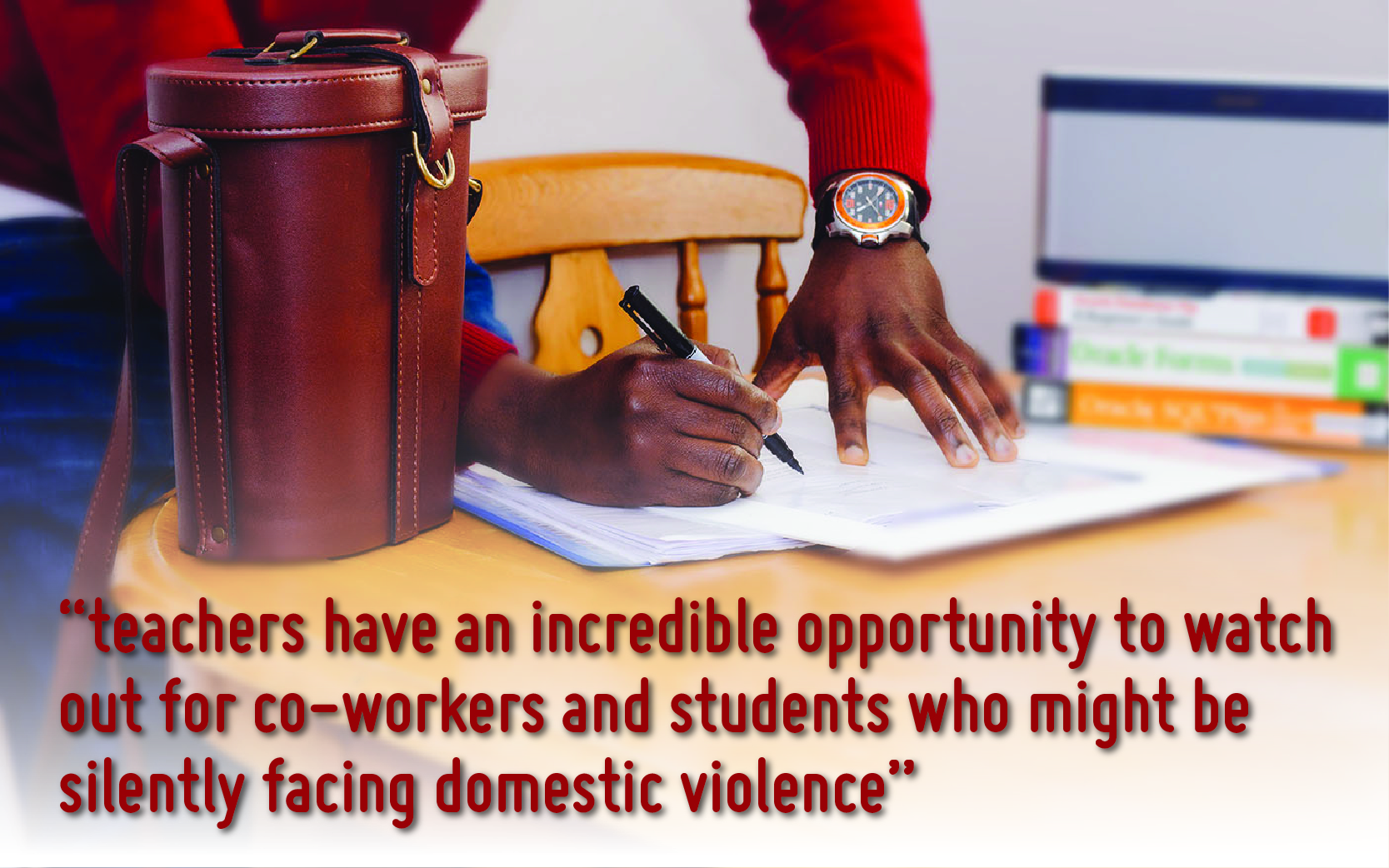Back-To-School
 It’s considered one of the largest modern migrations: students, teachers, and support staff heading back to school! Backpacks are zipped up, paper-bag lunches are packed, and bright yellow school buses roll around street corners once again after a summer hiatus that always feels too short. Despite the looming and dreaded concept of “work”, the first week of school is always optimistic with the notion of a fresh start. However, as the school year continues, everyone inevitably experiences ups and downs. Whether you’re a teacher, student, custodian, or principal, the school year is a great opportunity to support one another.
It’s considered one of the largest modern migrations: students, teachers, and support staff heading back to school! Backpacks are zipped up, paper-bag lunches are packed, and bright yellow school buses roll around street corners once again after a summer hiatus that always feels too short. Despite the looming and dreaded concept of “work”, the first week of school is always optimistic with the notion of a fresh start. However, as the school year continues, everyone inevitably experiences ups and downs. Whether you’re a teacher, student, custodian, or principal, the school year is a great opportunity to support one another.
If you are in the teaching profession or know of people who work as teachers, keep in mind that teachers have an incredible opportunity to watch out for co-workers and students who might be silently facing domestic violence. In this case, we refer to domestic abuse as violence within the home or teen dating abuse. Teachers are in a position of respect and trust, which means that students might prefer to disclose abuse about which they’re too afraid to tell their parents, or they might disclose problems so long as someone reaches out to them. Likewise, coming back from summer break means that you may be more aware of differences in a co-worker’s demeanor or attitude; you might notice that something is bothering him or her. In any of these cases, read our top nine warning signs to see if someone you know might be silently asking for help.

If you’re a student, you can also make a big impact to your classmates and friends. Since there are people you haven’t seen in over two months, you might pick up some differences in their behaviour or notice big bruises that were never there. According to Love is Respect, only 33% of teens who were in a violent relationship disclosed the situation to someone (loveisrespect.org). This statistic demonstrates that it’s better to reach out if you’re thinking that something is wrong than to do nothing at all.

Who knows? A small gesture like telling someone you’re concerned and want to help could be all it takes to make the school year much better for them.
NINE WARNING SIGNS
- Obvious injuries such as bruises, black eyes, broken bones, hearing loss — these are often attributed to “falls,” “being clumsy,” or “accidents.”
- Clothing that is inappropriate for the season, such as long sleeves and turtlenecks — also wearing sunglasses and unusually heavy makeup.
- Uncharacteristic absenteeism or lateness for work/school.
- Spending long hours at work/school, unwillingness to go home.
- Change in work performance: poor concentration and errors, inconsistent work quality.
- Uncharacteristic signs of anxiety and fear.
- Isolation; unusually quiet and keeping away from others.
- Emotional distress or flatness, tearfulness, depression, and suicidal thoughts.
- Sensitivity about home/personal life— comments may include references to bad moods, anger, temper, and alcohol or drug abuse.
